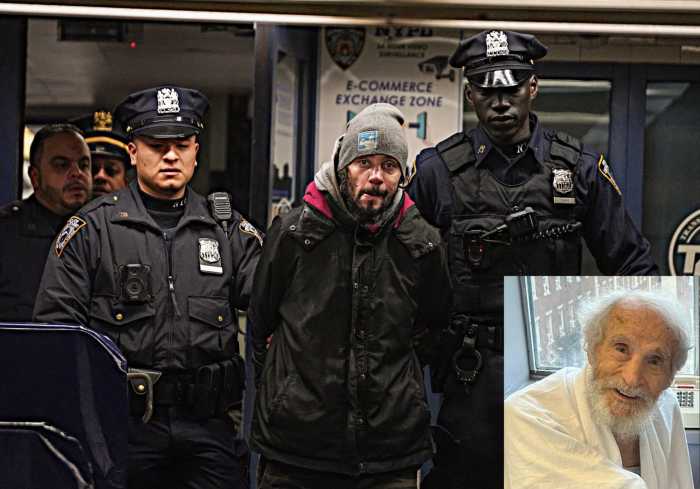Donald Trump’s legacy in New York City is the stuff of myth: an outsized stamp on real estate characterized by a blend of self-aggrandizement and undeniable tenacity.
The GOP front-runner’s name is seemingly everywhere in the Big Apple, from Trump Tower on Fifth Avenue to Trump Place on the West Side; there’s Trump World Tower near the United Nations, and the Trump International Hotel and Tower at the southwest corner of Central Park. That’s not to mention Wollman Rink and the Trump Golf Links at Ferry Point in the Bronx.
Yet, Trump represents “an ascension of ego, of surface, and of explicitly catering to new wealth,” said Matthew Lasner, co-editor of “Affordable Housing in New York,” who dubbed The Donald “the Gordon Gekko of developers.”
His real estate career largely parallels NYC’s shift from a family friendly haven for the middle class into a gold-plated grotto for the world’s wealthy, contends Thomas J. Campanella, city and regional planning professor at Cornell University and author of the upcoming book, “Brooklyn: A Secret History.”
While Fred Trump, “the Henry Ford of Housing,” made his fortune building thousands of “wonderful and very affordable” homes for the working class throughout Queens and Brooklyn, “The Donald” opted to ply his father’s craft by erecting luxury accommodations in Manhattan that appeal to the moneyed international jet set, Campanella said.
“It’s very ironic,” said Campanella, noting that the affordable homes built by the elder Trump and subsequently snapped up by blue collar and city workers “were built to last. The quality of their construction was extraordinary compared to what is built today.”
Unlike his father’s sturdy, enduring, modest accommodations, Donald’s buildings “have not aged that well” architecturally, said Campanella, describing them as distinctly “late 80s,” and painfully gaudy.
Nonetheless, Trump’s successes throughout his local career demonstrate a real proficicency in what he has famously deemed “the art of the deal,” according to Tom Angotti, author of “New York for Sale,” and a professor of urban affairs and planning at the CUNY Graduate Center.
And then there are the civic efforts.
In 1986, Trump offered to rebuild Wollman Rink in Central Park after the city suffered six years of setbacks and cost overruns. Last year, he opened the public golf club in the Bronx after a decade of struggles preceded him. Both locales charge significant fees.
The Trump presidential campaign did not respond to an emailed request for comment.
While Lasner said he is not sentimental about what Trump’s buildings replaced (“all buildings look good for 10 years, terrible for 30 years and then they’re historic”) he noted that some of Trump’s behavior as a developer “represents a lack of public spiritedness.”
Instead of giving the historic art deco friezes on the Fifth Avenue Bonwit building to the Metropolitan Museum of Art, which wanted them for its sculpture garden, for example, Trump destroyed them to make way for Trump Tower. The Trump Organization contended that the two-ton panels were “without artistic merit,” and would cost $500,000 to save, according to a story in the New York Times.
While Trump is just a “footnote to the city’s overall development,” Lasner says, his bombast looms large. Almost from the time the 69-year-old joined his father’s business in the late 1960s, Trump has been a major cultural presence in the city.
“He has that New York attitude,” notes Marco Mendez, 43, who lives in Trump’s native Jamaica Estates.
There are the innocuous scenes: starring in commercials, making cameos in movies, dressing in drag with Rudy Giuliani for an Inner Circle roast, hosting “Saturday Night Live” and launching “The Apprentice.”
And there are other moments that stand more controversially, most notably when he put out ads in the New York Daily News calling for the death penalty to be re-instituted for the “Central Park Five” teens falsely accused of the brutal rape of a jogger in April 1989.
(With Ann W. Schmidt)

































